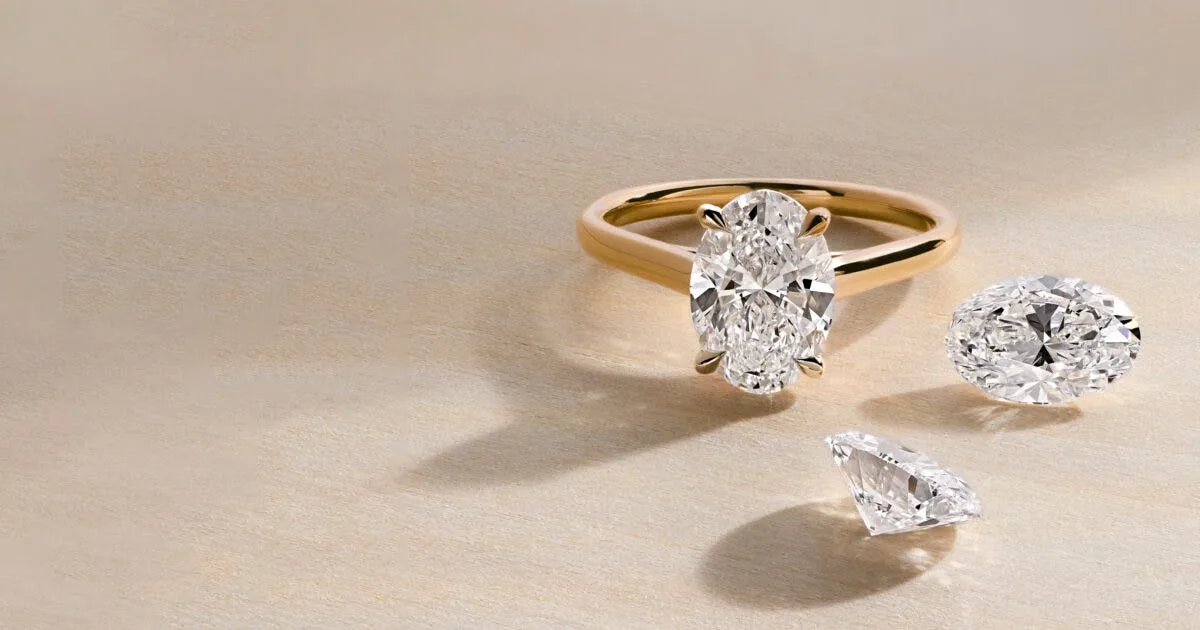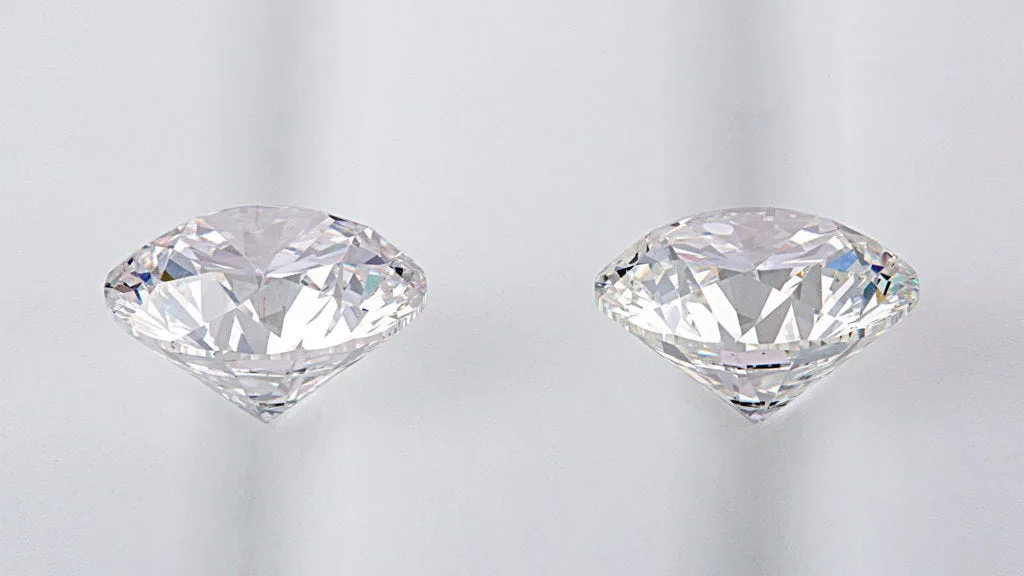So you’re looking at engagement rings or maybe just treating yourself to something sparkly. And suddenly you’re seeing all these terms thrown around—lab-grown, synthetic, natural, mined. It’s confusing, right?
Here’s the thing: buying a diamond used to be pretty straightforward. You went to a jewelry store, picked something in your budget, and called it a day. But now there are actual choices to make. And honestly? That’s kind of great.
The whole synthetic diamond thing isn’t some sketchy knockoff situation. We’re talking about real diamonds that just happen to be made in labs instead of dug out of the ground. The question is: does that matter to you?
What Are Synthetic Diamonds, Really?
Let me start with what synthetic diamonds actually are. They’re real diamonds. Like, chemically identical to the ones that formed underground millions of years ago. The only difference is where they came from.
Scientists basically figured out how to recreate what happens deep in the earth, but faster. They take carbon and put it under crazy heat and pressure in machines. Or they use this other method where they grow diamonds from gas. I know it sounds weird, but it works.
The result? A diamond that looks, feels, and sparkles exactly like a natural one. Even jewelers need special equipment to tell them apart. Your friend won’t look at your ring and go “oh, that’s obviously lab-grown.” It’s just not how it works.
These aren’t cubic zirconia or moissanite or any other diamond alternative. This is literally the same stuff, just made in a different place. Tech companies have been using synthetic diamonds in electronics for years because they’re so reliable and pure.

And Natural Diamonds?
Natural diamonds are the classic option. They formed billions of years ago when carbon got squeezed and heated deep underground. Then volcanic eruptions brought them closer to the surface, where we could eventually find and mine them.
There’s something romantic about that story, isn’t there? This thing that’s been sitting in the earth longer than life existed, and now it’s on your finger. That’s part of why people love them.
But let’s be real about the mining process. It’s not pretty. Huge machines dig massive holes in the ground. We’re talking about moving tons of earth to find a few small diamonds. And unfortunately, some diamond mining has funded conflicts or involved unfair labor practices.
The industry has made efforts to address these problems with certification systems like the Kimberley Process. But it’s not perfect. Some people feel comfortable with these safeguards, others don’t.
The Real Comparison: Lab-Grown vs Mined
Here’s where it gets interesting. When you’re actually choosing between them, what are you really looking at?
Price is probably the biggest difference. Lab-grown diamonds cost about 30-40% less than natural ones. Sometimes even more. That’s a huge difference when you’re talking about something that costs thousands of dollars. You could get a bigger stone, better quality, or just save the money for something else.
Environmental impact is pretty different too. Mining involves heavy machinery, explosives, and massive earth displacement. Lab creation uses energy (a lot of it), but the footprint is generally smaller. If you care about environmental stuff, this might matter to you.
Visually? They’re identical. Seriously, you cannot tell them apart just by looking. Any differences would require lab equipment to detect. So if someone tries to tell you lab-grown diamonds look “fake” or different, they’re wrong.
But here’s where it gets complicated: the emotional and cultural side. Some people feel strongly that natural diamonds are more “real” or meaningful because of their age and rarity. Others think lab-grown diamonds are better because they don’t come with ethical baggage. Neither perspective is wrong—it’s just different values.
If you’re trying to make sense of a lab-grown vs mined diamond comparison, it really comes down to what matters most to you. Is it the romantic story of something ancient? The lower environmental impact? The price difference? There’s no universally “right” answer.
Resale value is worth mentioning too. Natural diamonds generally hold their value better over time. Lab-grown diamonds depreciate more quickly, kind of like cars. If you’re thinking of your diamond as an investment (which, honestly, most aren’t great investments anyway), this might factor in.
So Which Should You Choose?
Look, I can’t tell you what to buy. But I can tell you what to think about.
If you want the traditional route and don’t mind paying more, natural diamonds aren’t going anywhere. Just make sure you’re comfortable with where yours comes from. Ask about certification and sourcing.
If you like the idea of getting more for your money, or if environmental and ethical concerns are important to you, lab-grown might be your thing. You’ll get a beautiful diamond without some of the baggage.
Some people worry that choosing lab-grown means “settling” or getting something “less than.” That’s not really true. You’re just making a different choice about what matters to you.
And here’s something nobody talks about enough: you don’t have to decide this for anyone but yourself. Your mom might prefer natural diamonds. Your friend might think lab-grown is the only ethical choice. But it’s your finger and your money.
The most important thing? Make sure you’re buying from someone reputable who’s honest about what they’re selling. Whether it’s natural or lab-grown, you deserve to know exactly what you’re getting.
At the end of the day, both options will give you a beautiful diamond that will sparkle for decades. The rest is just about what feels right to you. And that’s perfectly fine.


